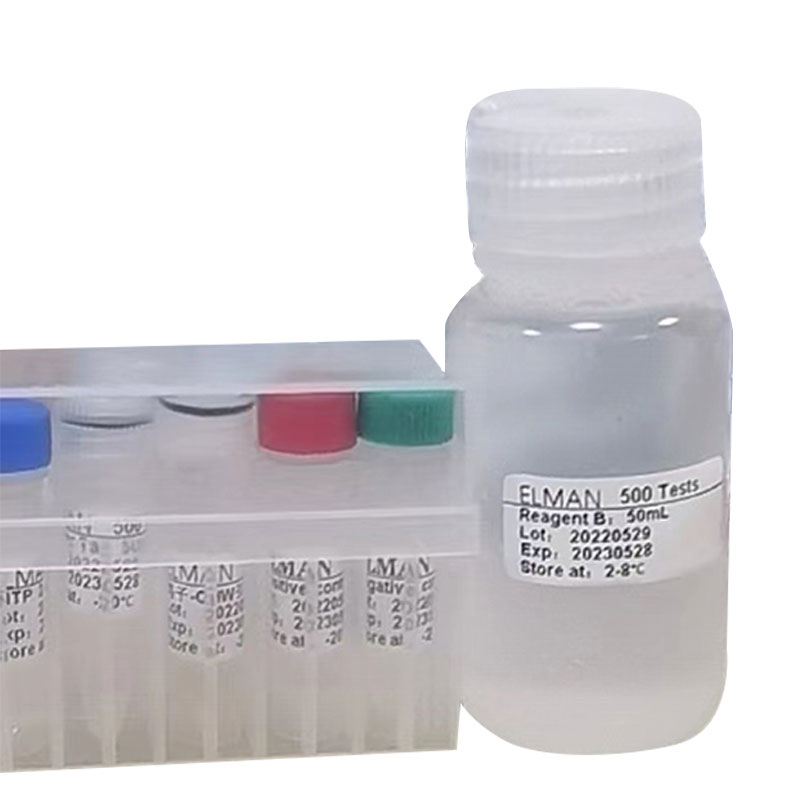In the field of aquaculture, there is a saying circulating: "Fish farming is first to raise water". This is not only a slogan, but also the key to the success of aquaculture. The quality of the water environment is directly related to the growth of aquatic products, yield, quality, and the rate of disease and death, which in turn has a profound impact on the economic benefits of farmers.
To ensure excellent water quality, the first task is to "knowledge of water defence water" - that is, to understand the specific conditions of water quality. Only to have a clear and accurate understanding of water quality, in order to provide a strong basis for subsequent water quality control, thus ensuring the quality of aquatic products, improve yield, reduce the rate of disease and death, and ultimately maximise the benefits of aquaculture. Therefore, for aquaculture farmers, mastering the knowledge and skills of water quality monitoring and management is a must to ensure the success of aquaculture and improve economic benefits.
In aquaculture, good or bad water quality is directly related to the survival and health of fish. To ensure normal growth of fish, we need to pay attention to several key indicators. The first is dissolved oxygen, insufficient of which will lead to fish suffocation or even death. Next is ammonia nitrogen and nitrite, too much of which can be harmful to fish health. The second is the appropriate water temperature and pH value. Regular testing of these indicators to ensure good water quality is the key to successful aquaculture.
As aquaculture technology improves, more and more companies are adopting instruments to accurately monitor water quality. There are three main types of instruments on the market today:
One is portable instruments, which are compact and lightweight in design and are ideal for on-site pond inspections. With certain portable multi-parameter water quality meters, users can simply place the probe into the water and get real-time readings of key data such as water temperature, pH and dissolved oxygen. Compared with traditional kits, such instruments are not only more accurate, but also avoid possible parameter changes during the process of sending water samples to the laboratory.
Secondly, expensive laboratory instruments that require the sample to be sent back to the laboratory are more cumbersome, but the results are a little more accurate;
The third is the online instrument, the equipment will be placed in the field, the use of sensor probes to measure the data, and then through the wireless data network will be transmitted back to the control room, but also in the mobile phone to view the information, even if you do not go out can also grasp the current water quality conditions.

This paper addresses:https://fengtusz.com/company/39.html









